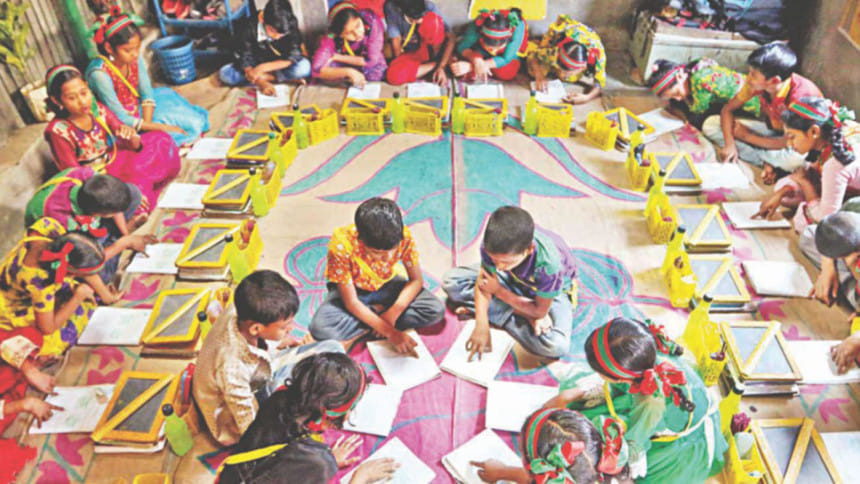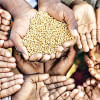How to reach every last child

The world has made incredible progress towards saving children's lives, but millions are still being left behind. These children are being denied the opportunity to survive and learn, simply because of who they are and where they live. Bangladesh is no exception.
Child mortality rates over the past two decades have decreased significantly, with under-five mortality falling from 144 to 46 deaths per 1,000 live births between 1990 and 2014. Malnourished children under five have decreased from 43 percent in 2004 to 33 percent in 2014 (BDHS, 2014). Maternal mortality has also decreased from 322 per 100,000 live births in 2001 to 170 in 2013 (BMMS and Interagency Projections, 2010, 2013).
Bangladesh is one of the rare countries that has achieved Millennium Development Goals (MDG) 4 and made considerable progress on MDG 5. However, these achievements have been rather unequal across the country. If data were segregated, we'd learn that Sylhet division, for example, did not achieve any of the MDGs goals.
In the last decade, delivery facilities have improved by more than three-folds, and the private sector has mostly contributed to this improvement. Since 2004, delivery in private facilities has increased by 18 percent while delivery in public facilities has increased only by 6 percent. It gives rise to the whole debate of inequity. For example, 55 percent of the women in Khulna delivered at a facility compared to only 23 percent in Sylhet while nationally, only 15 percent of the poorest women delivered at a facility compared to 70 percent of the wealthiest. The under-five mortality rate in Bangladesh is 46 deaths per 1000 live births, 36 percent of children under five are stunted while Sylhet has the highest under five mortality rate and stunting is almost 50 percent.
In fact, this is a worldwide phenomenon. A new global survey on discrimination by Save the Children in 18 countries shows that almost 40 percent of adults worldwide were discriminated against as children because of their gender, ethnicity or religion, disability. No doubt, some progress has been made over the last several decades but discrimination still persists at worrying levels in many regions. In Bihar, India, where 59 percent of the poor are scheduled castes, only six percent of children are registered at birth, while nationally 42 percent are registered at birth.
But if we have to achieve Universal Health Coverage (UHC) we cannot have some population groups left behind. Access to facility delivery for the poor and the marginalised groups will only be possible with a strengthened health system and exclusion sensitive policies.
With this objective in view, a three-year global campaign named "Every Last Child" has been launched on April 26, 2016. The campaign seeks to ensure that 15 million children have an equal opportunity to survive and benefit from access to healthcare, education and nutrition, irrespective of who they are and where they come from. The campaign urges people in power, be it at the household or national level, to work towards bringing down the hurdles that prevent the poorest and most disadvantaged groups of children from accessing education and life-saving services.
As for Bangladesh, the Ministry of Health and Family Welfare (MOH&FW) will need to focus on the delivery of quality of service and its coverage through a well governed and accountable approach so that the different stakeholders comply with the policies and procedures. Programmes need to be demand driven. The 'one-size-fits all approach will not help us meet the Sustainable Development Goals (SDG) targets. We must do whatever it takes to reach every last child.
The writer is Director, Health, Nutrition & HIV/AIDS, Save the Children in Bangladesh.

 For all latest news, follow The Daily Star's Google News channel.
For all latest news, follow The Daily Star's Google News channel. 








Comments